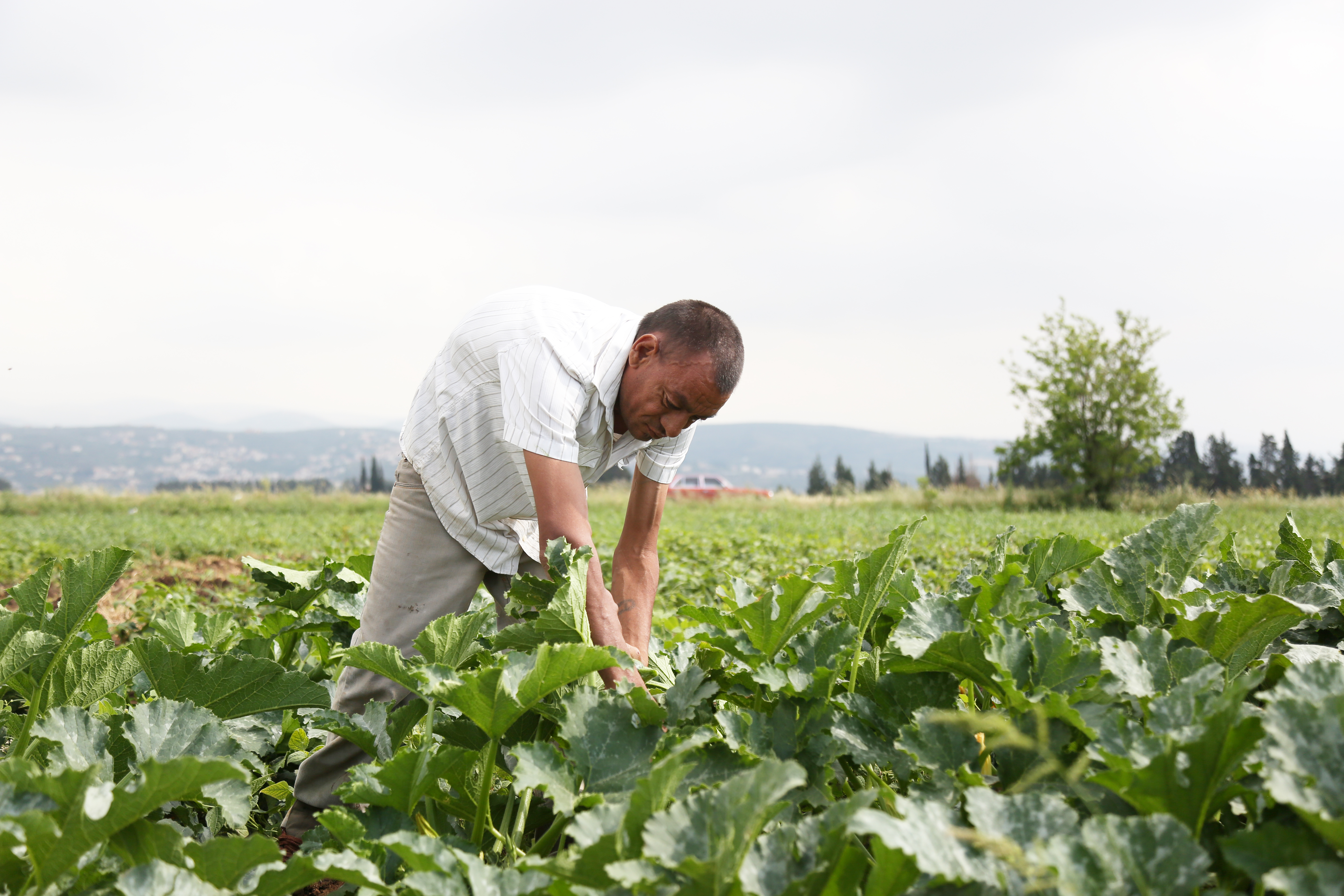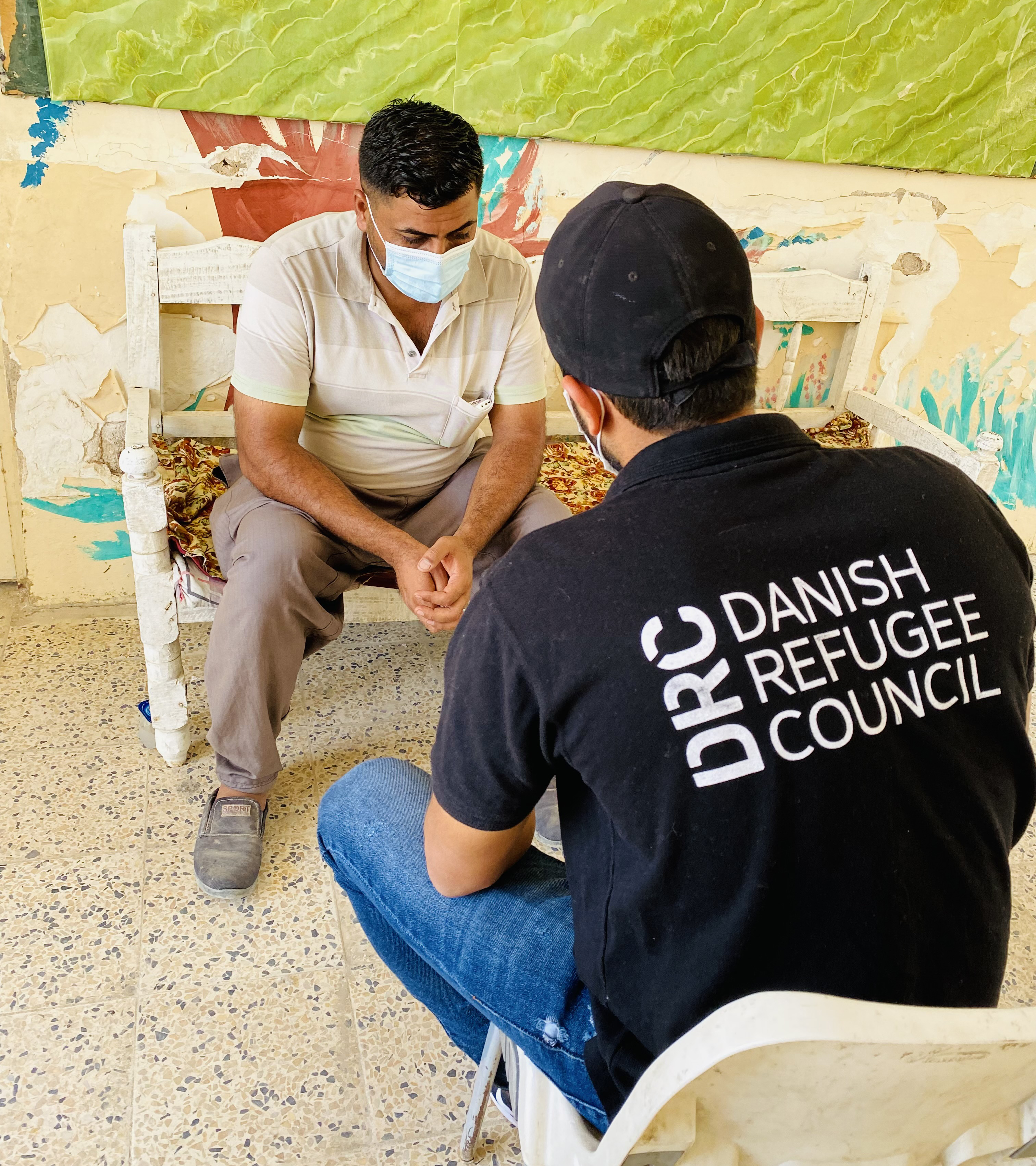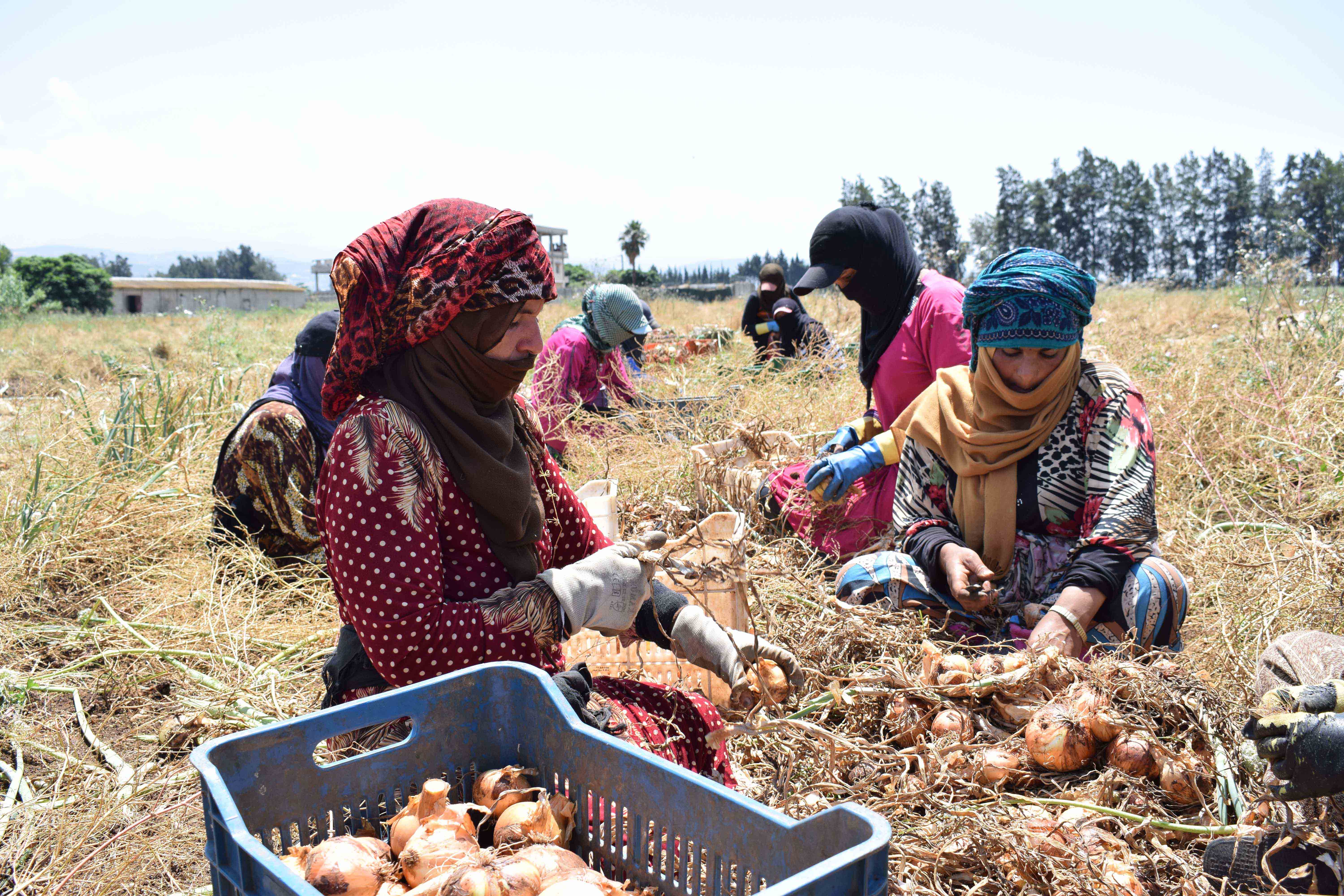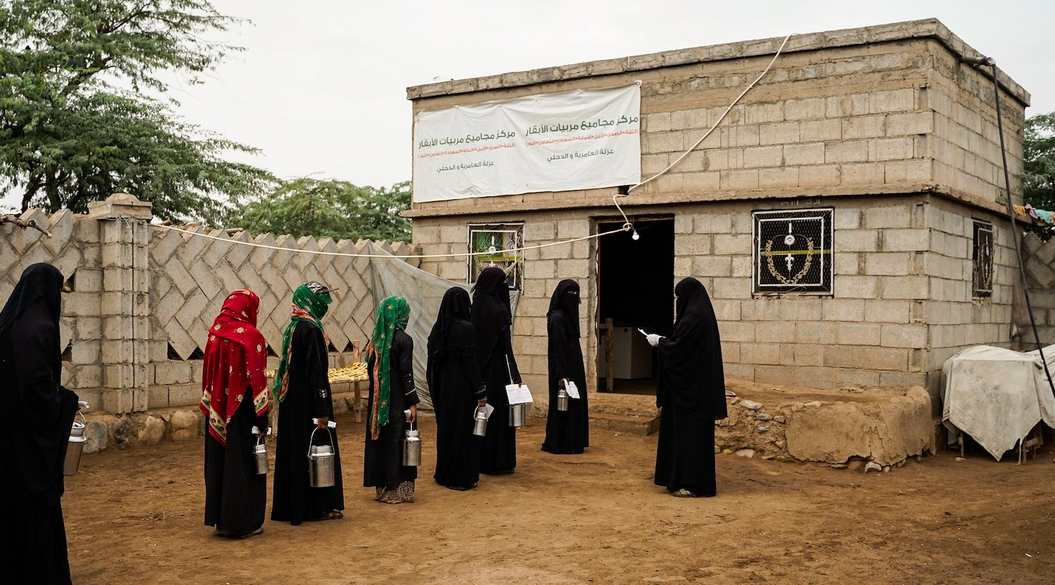Towards ending poverty in the Arab States
September 16, 2023

Eradicating poverty in all its forms remains a monumental challenge that continues to confront humanity in the 21st century. While great strides have been made in reducing the number of people living in extreme poverty between 1990 and 2015, a significant portion of the global population still grapples with the most fundamental human needs.
In Arab countries, efforts have been made on both national and regional levels to implement the 2030 Agenda and fulfill the commitment to "leave no one behind," in alignment with the Sustainable Development Goals (SDGs) by 2030.
However, the progress towards achieving SDG 1 in Arab countries has encountered numerous stumbling blocks and setbacks. Factors such as escalating political instability, ongoing conflicts, mass displacement, and deepening economic crises, including the impact of the COVID-19 pandemic and the recent war in Ukraine, have hampered efforts to eradicate poverty.
Even before the pandemic, Arab countries faced significant socioeconomic challenges, including the persistent issues of growing poverty rates, high unemployment, mounting debt, and fiscal constraints.
In this blog, we will explore the various dimensions of Goal 1 and delve into the compelling reasons why eliminating poverty is not just a moral imperative but also an essential step towards building a more prosperous, equitable, and sustainable Arab Region.
What is Goal 1 of the SDGs?
Goal 1 is about eradicating poverty.
Poverty is not inevitable in the region. Rather, it is the result of a series of challenges, structural deficiencies, and policies related to socioeconomic, institutional, and governance factors.
The Arab region is the only region in the world where poverty has increased since 2010, as measured by the number of people living in extreme poverty (population earning less than $1.25 per day). In 2010, 4 percent of the population in the Arab region lived below the international poverty line of $1.25 per day, while 40 percent lived below $2.75 per day.
To gain a deeper understanding of how Arab countries are working to fight poverty, explore here the various initiatives and projects being undertaken in the region.
Supporting vulnerable people through Cash 4 work in Libya
UNDP Libya has partnered with the Agency for Technical Cooperation and Development (ACTED) and the Danish Refugee Council to provide temporary income-generating rehabilitation and cleaning work in Ubari, Abu Salim, Tawergha and Kikla. Many people were able to benefit from this initiative and earn a wage to support their families.
Implementation of cash for work Programmes in Iraq

About seven million Iraqis – nearly a quarter of the population – live in poverty, and there are few decent jobs as the economy struggles to recover.
UNDP in Iraq has partnered with the Danish Refugee Council (DRC) to provide immediate livelihoods assistance to people in Diyala and Salah with funding from the German Federal Ministry for Economic Cooperation and Development (BMZ) provided through KFW Development Bank to support people of Diyala and Salah.
Cash-for-work programmes in Iraq were one way to help people overcome poverty and shocks and build the foundations for longer-term resilience.
Addressing poverty—especially given the multitude of prevailing challenges—requires a multidimensional approach that focuses on both tangible and intangible deprivations.
Tackling Poverty and unemployment in Jordan
A recent report released by the World Bank has revealed that over one-third of Jordan's population lives below the poverty line.
UNDP Jordan provides hands-on training for women to fight poverty and transform the lives and opportunities of women and their families and support the local economy so they can start their own businesses that can create new jobs and boost the local economy.
The CO supported youth to overcome poverty. Mariam Al-Fares, an inspiring 27-year-old young woman, benefited from the “Promoting Local Economic Development Programme in Jordan”." Funded by the EU and managed by the Ministry of Interior, the project enabled her to overcome poverty and social barriers and become a well-known entrepreneur in Ajloun, one of the successful small business owners.
Supporting agriculture to face poverty in Lebanon

Agriculture is key to poverty alleviation and economic growth in Lebanon. Agriculture is the largest consumer of water in Lebanon, yet productivity remains low.
UNDP Lebanon has worked with the Ministry of Energy and Water, the German Federal Ministry for Economic Cooperation and Development (BMZ), and the German development bank KfW to improve irrigation, rebuild canals, and close leaky networks to create more efficient and diversified agriculture, more jobs, more secure livelihoods, and economic growth, and to help farmers fight poverty.
In Tal Abbas, some 4,600 people have benefited from the reconstruction of 8,000 meters of earthen canals.
Lifting vulnerable people out of poverty in Yemen

In Yemen, more than eight years of conflict and the lingering effects of COVID -19 have led to a dramatic economic decline and severe disruption in businesses, – ultimately affecting Yemenis’ ability to buy food. With two-thirds of the population relying on humanitarian assistance and about 90 percent of food imported into Yemen, many are left vulnerable to price hikes that are being made worse by rising inflation and ongoing supply chain disruptions. UNDP Yemen has worked with partners on several projects to combat poverty.
A new Yemen-focused partnership between UNDP and the World Bank’s International Development Association (IDA) highlights the value of engaging rural women in improving food security in Yemen. Under the Emergency Social Protection Enhancement and COVID -19 Response Project (ESPECRP), UNDP Yemen is working with its national partner Small and Micro Enterprise Promotion Service (SMEPS), across the milk value chain. From teaching dairy farmers on how to increase their milk production to supporting collection centers that help women sell their milk at a better price, these interventions are increasing incomes, alleviating poverty, improving women’s livelihoods, and increasing food security in Yemen.
Haifa’s life changed after she received training and was elected to head the milk production and collection center. Milk is collected from women livestock breeders and delivered to the main intermediary between dairy farmers and the factories that buy and process the milk they produce.
“The center has become my source of income. I can now send my children to school and buy medicine for my daughter, who suffers from a chronic disease,” Haifa explains.
In addition, UNDP Yemen’s Supporting Resilient Livelihoods, Food Security, and Climate Adaptation in Yemen Joint Programme (ERRY III) is a three-year programme co-funded by the European Union (EU) and the Swedish government. Administered by UNDP, the programme is jointly implemented by FAO, ILO, UNDP, and WFP and directly benefits vulnerable beneficiaries and marginalized communities, including IDPs, returnees, vulnerable host communities, Muhamasheen, women-headed households, youth, day laborers, people with disabilities, and elderly community members.
Sustainable income is key
Poverty reduction involves improving the lives of disadvantaged people and equipping them with tools and skills to earn sustainable incomes.
The work to eradicate poverty must continue until no one is left behind. We must continue to work with our partners to fight poverty across the Arab States region.
Stay tuned to the hashtag #Act4SDGsAR to learn how Arab countries are working to achieve the Sustainable Development Goals by 2030.

 Locations
Locations
